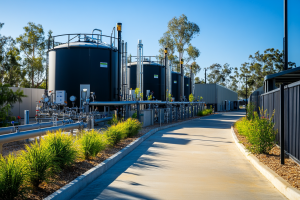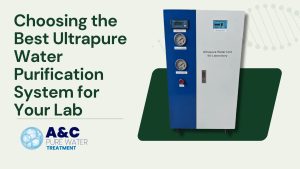
Use of Ion Exchange Resins in the Brewing Industry
1. Operational Guidelines: 2. Run Time: 3. Water and Cleaning Regulations: 4. Professional Knowledge for Brewing: Example Applications:
Ion-exchange resins are in great demand in the field of industrial water treatment, accounting for about 90% of the output of ion-exchange resins, which are used for the removal of various cand/or anions in water. At present, the largest consumption of ion-exchange resins is used in the treatment of pure water in thermal power plants, followed by the nuclear, semiconductor and electronics industries.
The food industry
Ion exchange resin can be used in sugar, monosodium glutamate, wine refining, biological products and other industrial equipment. For example, high fructose corn syrup can be made by extracting starch from corn and then hydrolyzing it to produce glucose and fructose, which can then be processed by ion exchange to produce high fructose syrup. The consumption of ion-exchange resins in the food industry is second only to water treatment.
The pharmaceutical industry
Ion-exchange resin plays an important role in the development of the new generation of antibiotics and the quality improvement of the original antibiotics. The successful development of streptomycin is a prominent example.
Synthetic chemistry and petrochemical industry
Acid and base are often used as catalysts for esterification, hydrolysis, transesterification and hydration in organic synthesis. Using ion exchange resin instead of inorganic acid, alkali, can also carry out the above reaction, and more advantages. Such as resin can be used repeatedly, the product is easy to separate, the reactor will not be corroded, does not pollute the environment, the reaction is easy to control and so on. The preparation of methyl tert-butyl ether MTBE, is to use large pore ion-exchange resin as catalyst, from isobutylene and methanol reaction, instead of the original can cause serious pollution to the environment.
The environmental protection
Ion exchange resins have been used in many environmental protection issues of great concern. At present, many aqueous or non-aqueous solutions contain toxic ions or non-ionic substances, which can be recycled using resins. For example, metal ions in electroplating waste liquid are removed, and useful substances in film production waste liquid are recovered.
Hydrometallurgy and others
Ion-exchange resins can be used to separate, concentrate and purify uranium and extract rare earth elements and precious metals from depleted uranium ore.

1. Operational Guidelines: 2. Run Time: 3. Water and Cleaning Regulations: 4. Professional Knowledge for Brewing: Example Applications:

Driving Force Behind Australia’s Environmental Policies With the Australian government’s growing emphasis on environmental protection and sustainable development,

1. The Importance of Industrial Wastewater Treatment Industrial wastewater treatment is a crucial aspect of environmental protection and

In a laboratory setting, the quality of ultrapure water has a crucial impact on experimental results. Selecting the

In beverage production, the stability and purity of water quality are crucial to the final product. To ensure

The ion exchange resin manufacturing industry is experiencing a wave of technological innovation and environmental sustainability. With increasing
© 2024 Copyright By A&C PURE WATER TREATMENT Pty Ltd. Website Edited by Adver Marketing